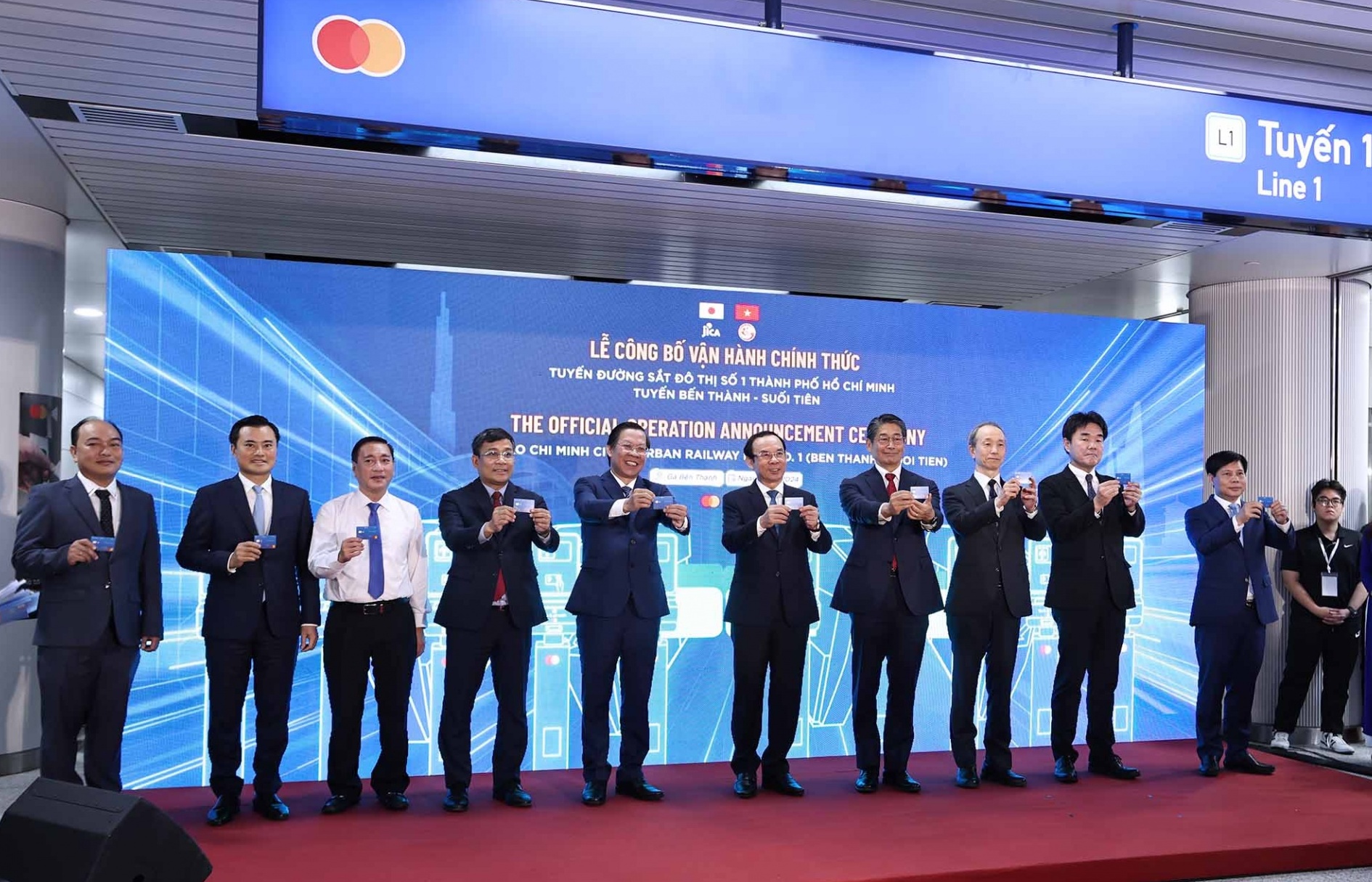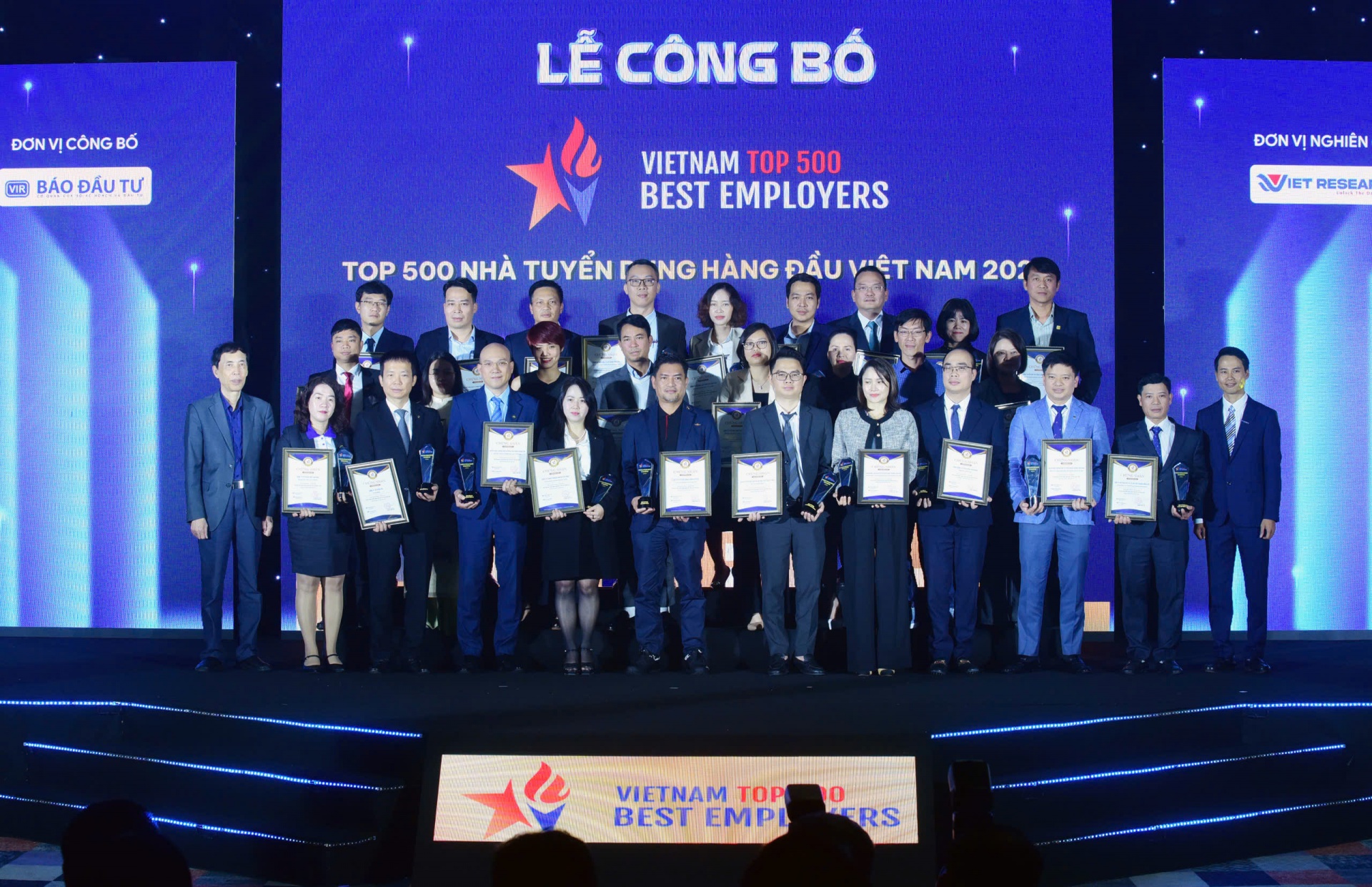Vietnamese manufacturing on the rise: HSBC report
 |
| Both output and new orders continued to rise at the start of 2015, albeit at weaker rates than seen in December. Improving client demand had been behind the rise in new work, in turn leading firms to raise production. - Photo cafebiz |
As a result, employment increased at a solid pace that was the sharpest since December 2013.
Meanwhile, input costs decreased at the fastest pace in the survey's history as a result of falling fuel prices. This in turn led manufacturing firms to reduce their output prices sharply.
The headline seasonally adjusted Purchasing Managers' Index (PMI) – a composite indicator designed to provide a single-figure snapshot of operating conditions in the manufacturing economy – pointed to a further modest strengthening of business conditions at Vietnamese manufacturing firms, posting 51.5 in January compared to 52.7 in December.
Operating conditions have now improved in each of the past 17 months, it said.
Both output and new orders continued to rise at the start of 2015, albeit at weaker rates than seen in December. Improving client demand had been behind the rise in new work, in turn leading firms to raise production. New export orders, meanwhile, rose only slightly amid some reports of weakening demand in export markets.
A slowdown in growth of new orders, as well as reported productivity improvements, led to a reduction in backlog of work in the sector. The decline in outstanding business was also reflective of a solid rise in employment. Moreover, the rate of job creation was the sharpest in just over a year, and one of the fastest in the history of the series.
Falls in the global price of oil led a number of respondents to report reduced fuel costs in January. Consequently, input prices decreased at the sharpest pace in the survey's history, surpassing the previous record set in June 2012.
In response to sharp reductions in input costs, manufacturers lowered their prices accordingly. Charges decreased for the fourth month running, and to the greatest extent in 30 months.
A modest improvement in vendor performance was registered in January, with panellists suggesting that faster payments and requests for quicker deliveries had resulted in shorter lead times. Delivery times have now shortened in each of the past four months.
Purchasing activity increased for the 17th successive month, albeit at the weakest pace since October. Where purchasing rose, this was linked to higher production requirements.
Despite a rise in input buying, stocks of purchases decreased for the first time in three months. According to respondents, inputs purchased in previous months had been used for production in January.
Stocks of finished goods also decreased as products were delivered to clients. The fall in post-production inventories ended a six-month sequence of accumulation.
Commenting on the Vietnam Manufacturing PMI survey, Trinh Nguyen, Asia Economist at HSBC, said, "The deceleration of global demand is taking a bite at output growth, although competitive pricing helps counter the slowdown of external demand.
"Despite slowing new export orders, employment rose sharply, highlighting strong demand for Vietnamese goods, necessitating new headcount.
"With input prices decelerating, thanks to the sharp decline in oil prices, and inventories low, we expect output to continue to expand in February, although the Lunar New Year festivity means there will be some seasonal slowdown."
What the stars mean:
★ Poor ★ ★ Promising ★★★ Good ★★★★ Very good ★★★★★ Exceptional
Latest News
More News
- Vietnamese enterprises embrace value creation model (December 13, 2024 | 09:00)
- Happy Vietnam awards honour photo and video artists (December 13, 2024 | 08:54)
- Vietnam unveils 2024 rankings of top employers and value-driven enterprises (December 12, 2024 | 17:00)
- ‘Blockbuster’ Eaton Park sells out just one week after launch (December 12, 2024 | 08:00)
- German businesses remain upbeat about Vietnam (December 11, 2024 | 15:45)
- Tech giants bet big on Vietnam's future (December 10, 2024 | 17:53)
- Forum on green solutions for industrial parks and investment promotion organised in Vinh Phuc (December 09, 2024 | 19:08)
- Vietnam and GGGI launch plan for green growth and climate action (December 08, 2024 | 20:38)
- FTZs to open regional doors for logistics (December 07, 2024 | 10:00)
- Vietnam sees increase in FDI in the first 11 months of 2024 (December 06, 2024 | 19:15)


















 Mobile Version
Mobile Version